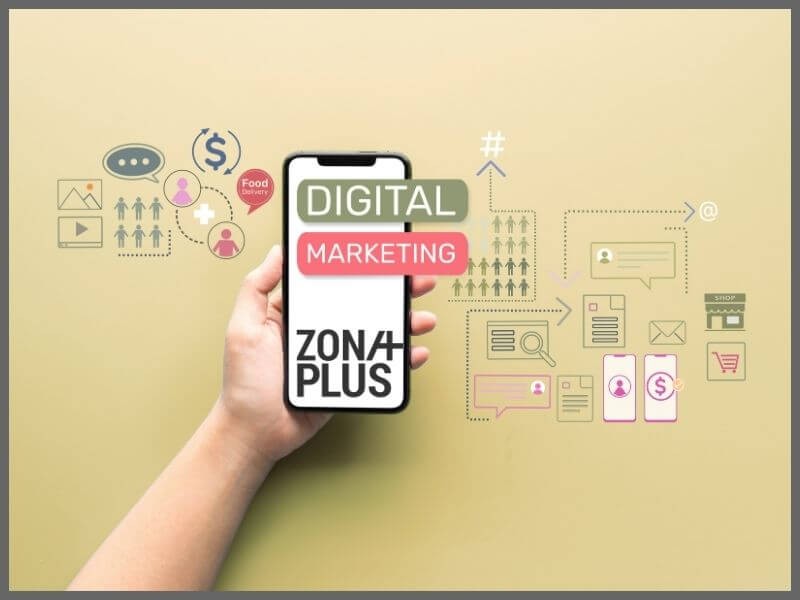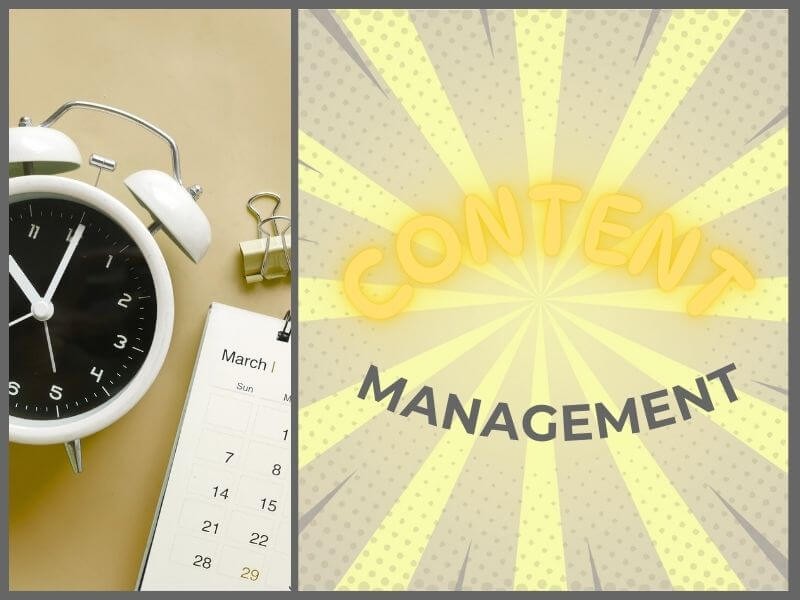
Digital marketing is a science, a combination of analysis, creative execution, and continuous testing. However, mistakes happen because there is "too much" of everything. Or they happen due to wrong opinions and strategies. Find out what the most common marketing mistakes are and how to avoid them.
Digital marketing is simple.
You open profiles on social media, activate ads, and the results just roll in.
Sure...
You will quickly realize that without a good strategy, you have nothing, just random efforts.
Campaigns that are not continuously worked on yield no results.
Strategies often fail due to a lack of clear direction and failure to track changes in the industry. Either you rely too much on intuition, or you neglect data.
In both cases, the consequences are a loss of resources. And valuable time.
Examples of strategy mistakes:
Let’s go step by step and discover the most common mistakes in digital marketing.
Being a "jack of all trades" in digital marketing is not a good solution.
Multitasking often ends up in a vicious circle, as trying to do everything independently often leads to mediocre results.
Attention gets spread too thin across too many tasks... Instead of productivity, exhaustion arises...
Solutions for better productivity?

Digital marketing is excellent, and you should engage in it and be online. But offline activities also have their value, i.e., personal contact.
A combination of these two can bring you closer to your audience.
How to integrate offline strategies?
Your website is the equivalent of your store or office in the real world.
If it is messy or unclear, no one will want to stay there for long.
A website must be intuitive, fast, and optimized for all devices (especially mobile ones).
Elements your website must have?

People, your customers and clients, are the reason you exist.
If you ignore their comments, messages they send you, or feedback they provide, you risk (among other things) losing their trust. People want to feel connected and valued, not ignored.
How to encourage engagement?

Content without an analysis of your audience or a quality strategy, is often ignored.
On the other hand, if you post only sporadically or rarely, social media and search engine algorithms will (almost) treat you as inactive.
Likewise, don't post recklessly or when you remember (which is rare).
How to create better content?
Content is not just text – it builds trust, educates, and fosters engagement. If you want to connect with your audience (and you should), you need a good content strategy.
Elements of a good strategy?

The biggest mistake you can make on social media is to treat it superficially.
Social media is not just for posts – it is a platform for building relationships. If you treat it superficially, your audience will perceive you the same way.
How to use social media?
It is impossible to please everyone. And to be good for everyone. The same applies to your products and services. Precisely segment your audience because this leads to better results – as you are addressing the right audience.
Examples of segmentation?

It is clear that you need to have your goal – why you do what you do. And for whom.
Determine the direction in which you need to go. And what you want...
Is it to increase website traffic (e.g., by 20%) or generate leads through email campaigns (e.g., 20 new leads weekly).
Consistency is also essential.
One way to stay continuously focused on your goal is through education.
It seems like there is something new in digital marketing every day – education and testing new strategies will help you stay ahead of the competition.
How to constantly educate and improve yourself?
With the right approach, you can build a recognizable brand, engage your audience, and increase sales.
Work on your strategy, learn to adapt, and keep improving.
If you want a personalized plan to avoid common mistakes, contact us – we will gladly help you.